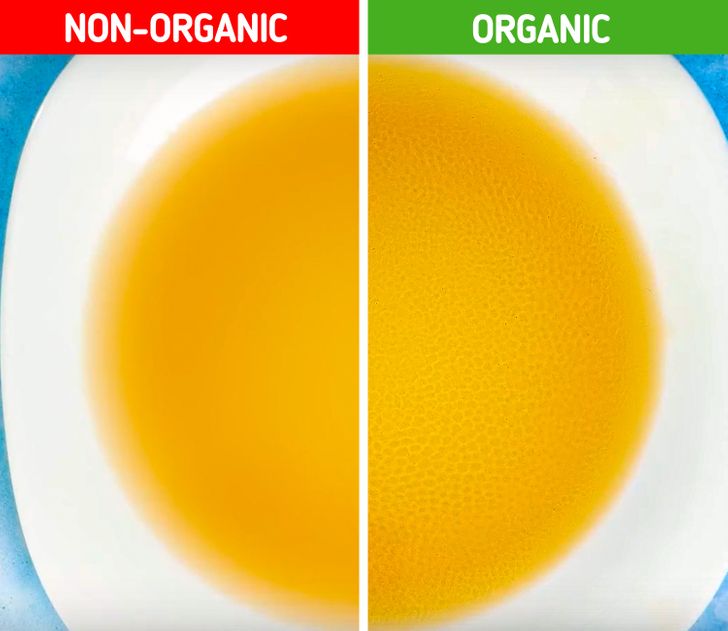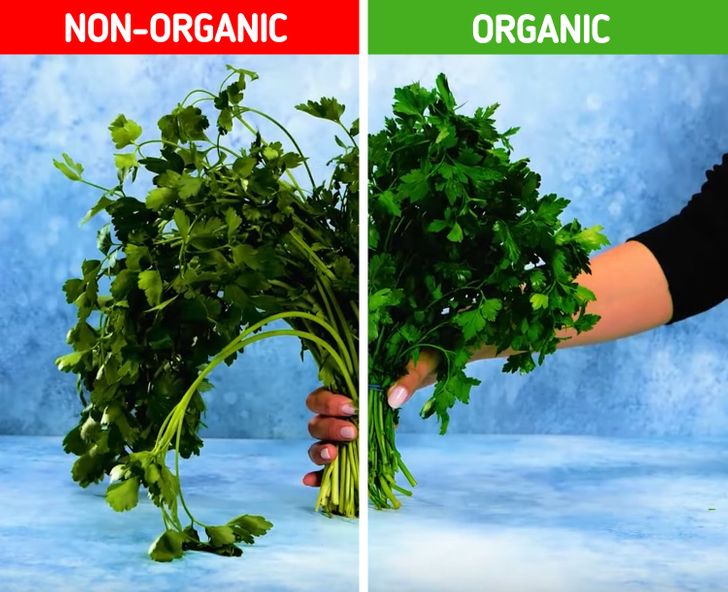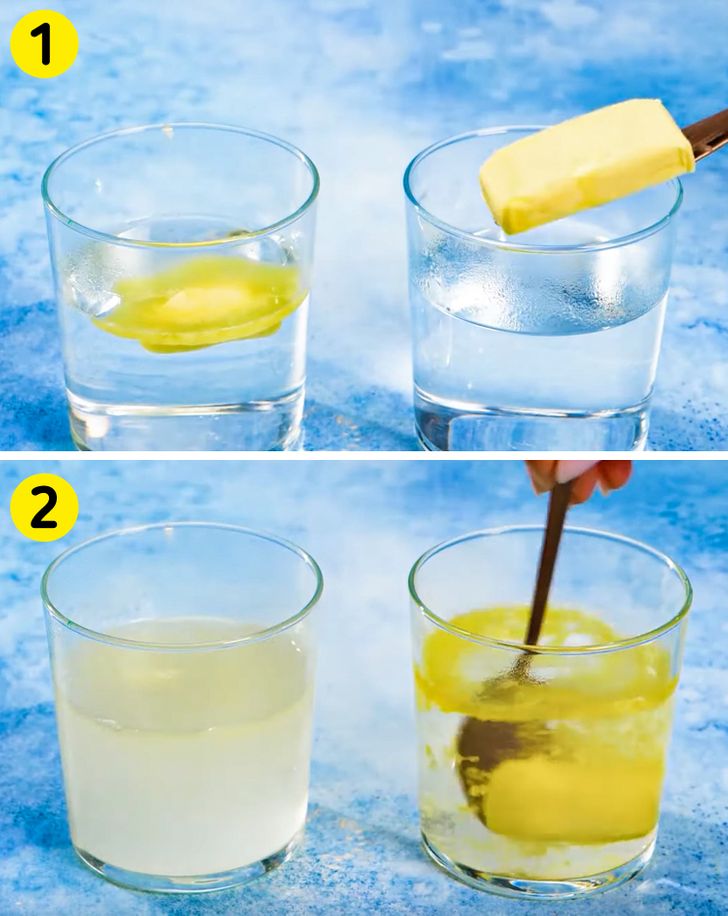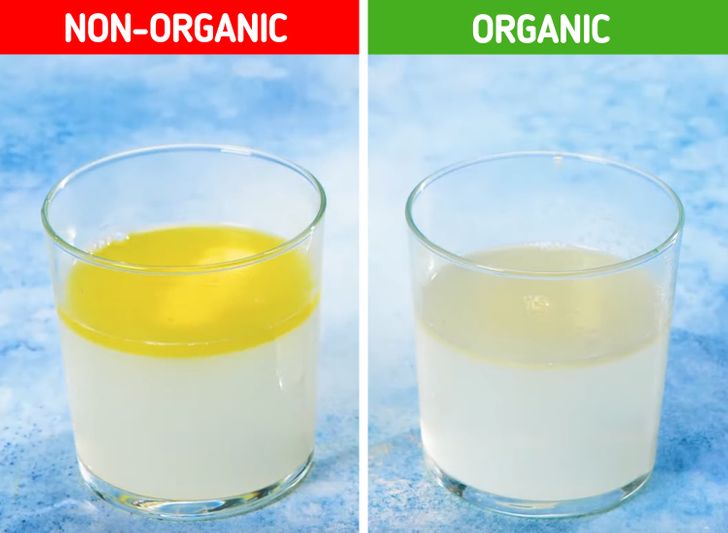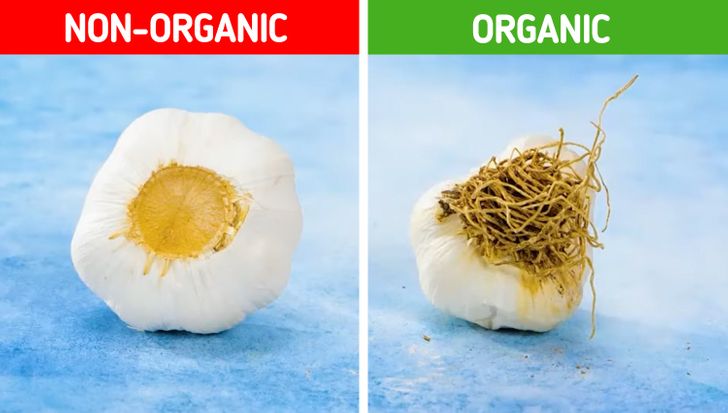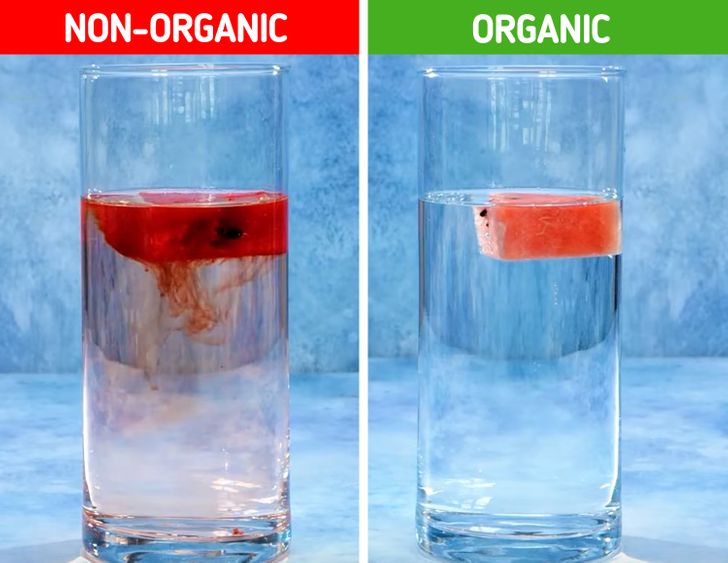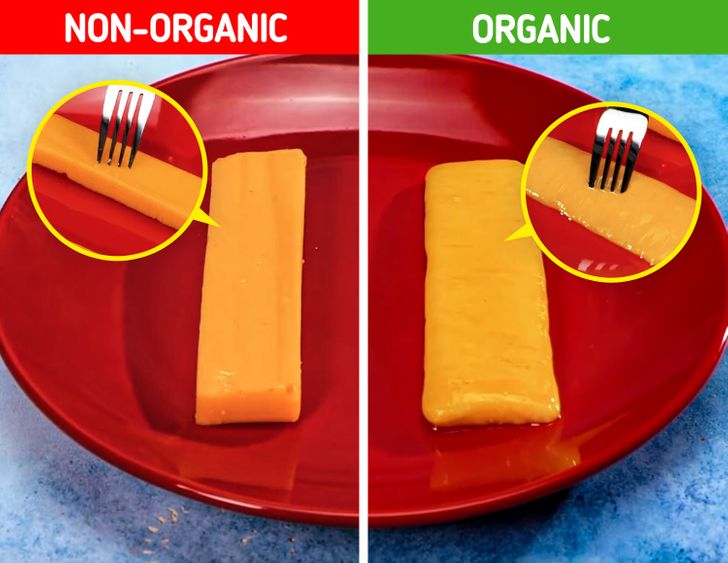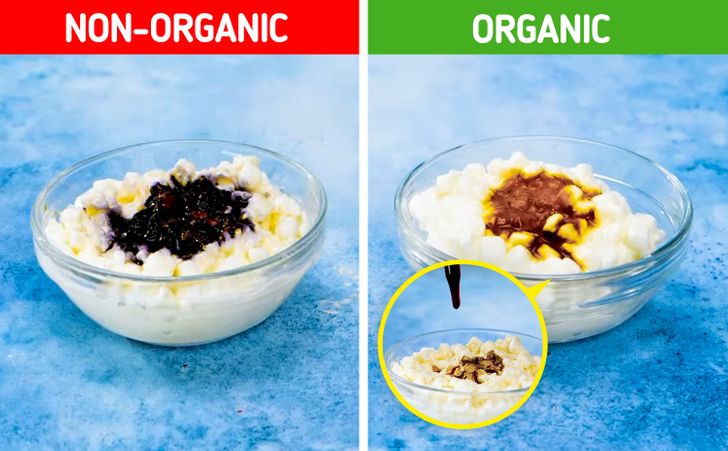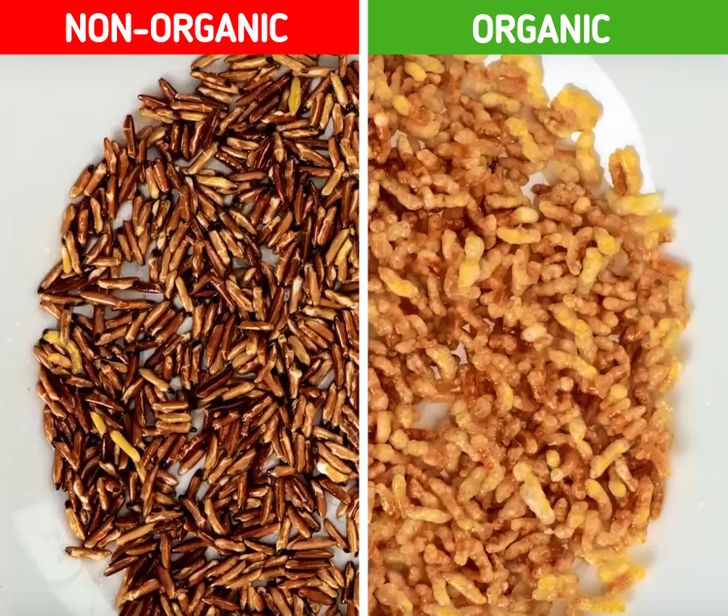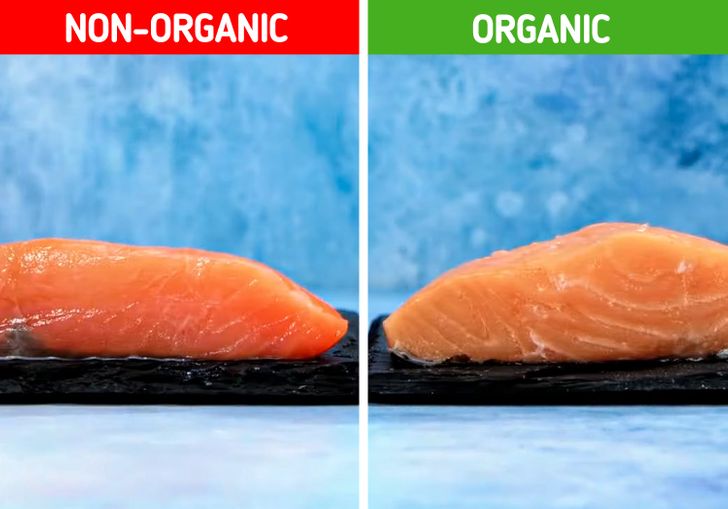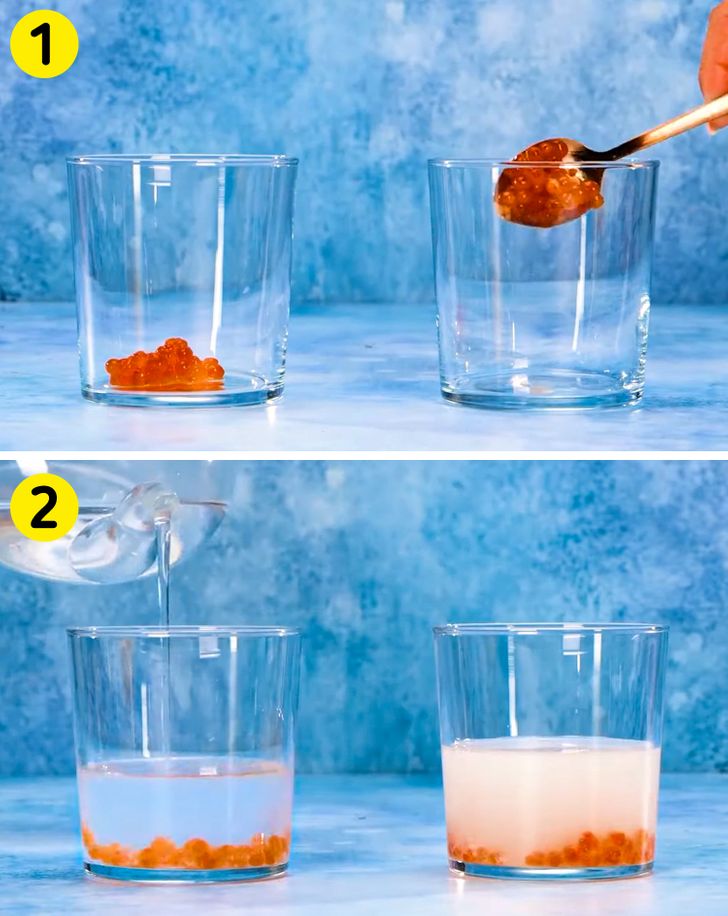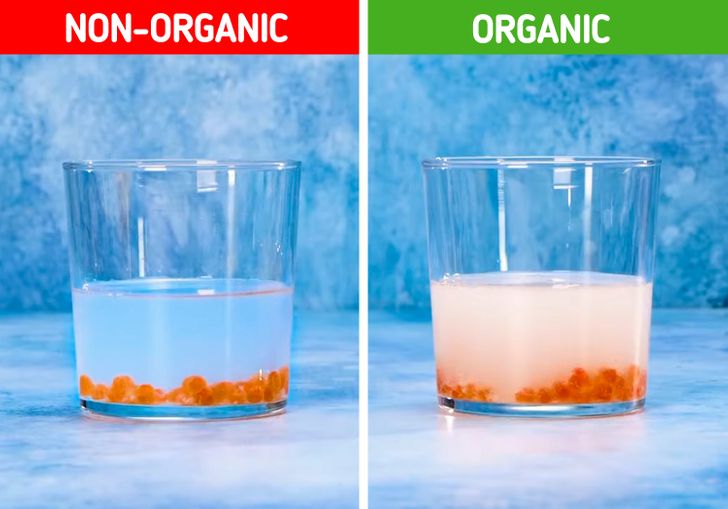How to Know If These 10 Foods Are Produced Organically
If you are one of those people who care about what they eat and who choose to buy as many healthy products as possible, you might want to check whether or not you’re consuming foods that are free from pesticides and other potentially harmful chemical products. 5-Minute Crafts gives you some tips to help identify non-organic foods so you can keep these away from your diet. Just keep in mind that in today’s world, it’s hard to find a totally organic product.
1. Bee honey
Place a spoonful of the product on a plate and pour a splash of water on it. Stir the water over the surface of the honey gently for a couple of minutes. If you suddenly realize that some sort of crystals appear on the surface of the honey, this means that it is organic, since bees have special enzymes that help remove excess liquid from the honey. Otherwise, chances are you’re not really eating organic bee honey.
2. Parsley
In most cases, parsley that has been grown and cultivated organically has a dark green color, and its branches are short and do not bend as easily as the ones from parsley that isn’t organic.
3. Butter
To tell if your butter is really organic, you just have to fill a clear glass with warm water. You’ll only have to fill half full. Then add a tablespoon of butter and stir well until everything’s well combined. The non-organic butter will slowly dissolve, but it will also leave a thick layer of fat on the surface of the water while organic butter won’t.
4. Garlic
If what you want to buy is organic garlic, you just have to make sure it has roots at the bottom. It’s as simple as that. Roots will often indicate that it has been grown organically.
5. Watermelon
It’s great to go to the fruit shop and see all those colorful fruits there waiting to be eaten. Beautiful fruits are often thought of as healthy and are certainly more appealing. However, some of these may actually be colorful because they contain a lot of nitrates, meaning they’re not organic. A simple trick to tell if your watermelon is organic is to place a slice in a glass of water, the pulp should be a pale pink color and should not redden the liquid.
6. Cheddar cheese
If you want to tell whether or not that cheddar cheese you recently bought is actually organic like the package says, there’s a very simple test you can conduct at home. Just let it sit at room temperature for at least half an hour on a regular plate. If you see that the product has not changed its texture, for instance, by becoming a bit “sweaty” or even a little melted, it may contain additives that help keep it from spoiling when not refrigerated. The organic cheese will soften. Of course, this test isn’t super-conclusive as it depends on the temperature of the room.
7. Cottage cheese
Pour a few drops of iodine on your cottage cheese, if the liquid changes color it is because it has starch and is not entirely organic. Be very careful to not eat the iodine and the cottage cheese that you used. This is just an informative test.
8. White rice
Heat a bit of oil in a frying pan or in a small pot. Wait for it to get really warm, and when you see it’s ready, pour in a few tablespoons of the rice that you want to test. If the grains fall all the way to the bottom of the pan and change color it means that the rice might actually contain pesticides, additives, and dyes. On the other hand, if they float, that means it’s organic.
9. Salmon
You can always tell whether or not a piece of salmon is organic just by checking the color and the amount of fat on the surface of the cut. A farmed fish normally has more of a pinkish glow and a uniform color. This is because it is raised in a controlled environment, and that normally results in it having more fat since it does not swim against a current like naturally raised fish. Organic fish, on the other hand, usually look more orange.
10. Salmon roe
A very simple method to tell whether or not your salmon roe is organic is to place a spoonful of the product in a clear glass and fill it halfway with lukewarm or slightly warm water. If the water turns cloudy that means the roe is organic. If it stays clear, it means it probably isn’t.
